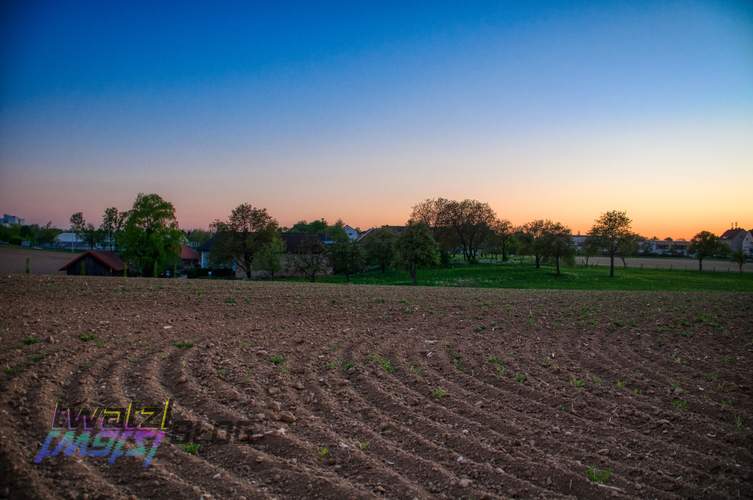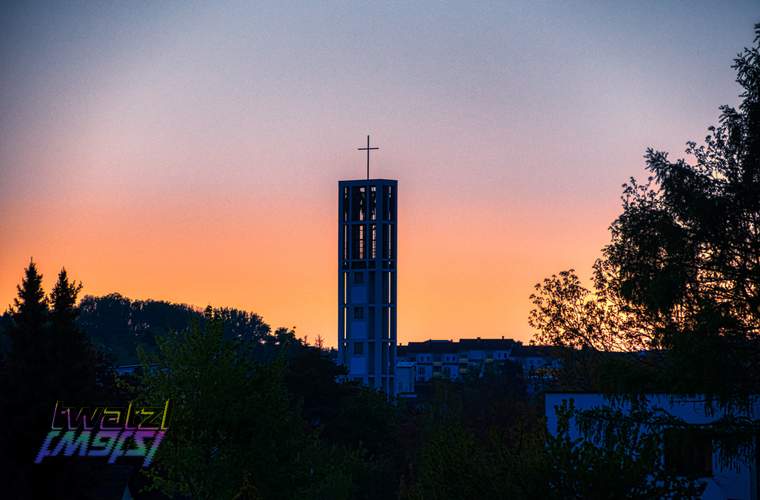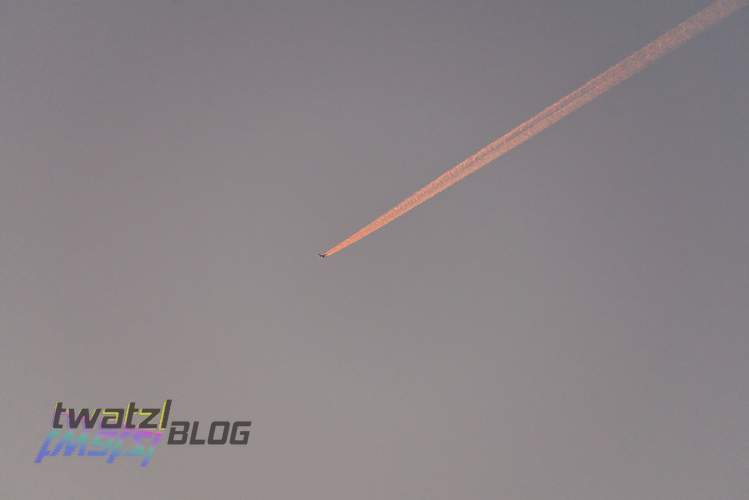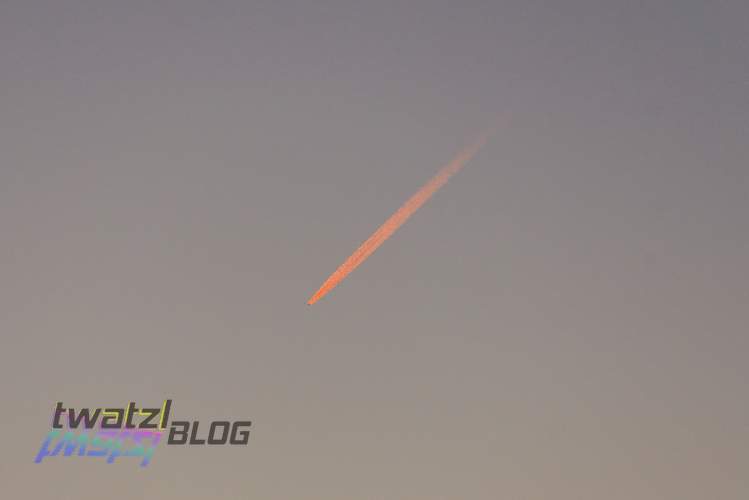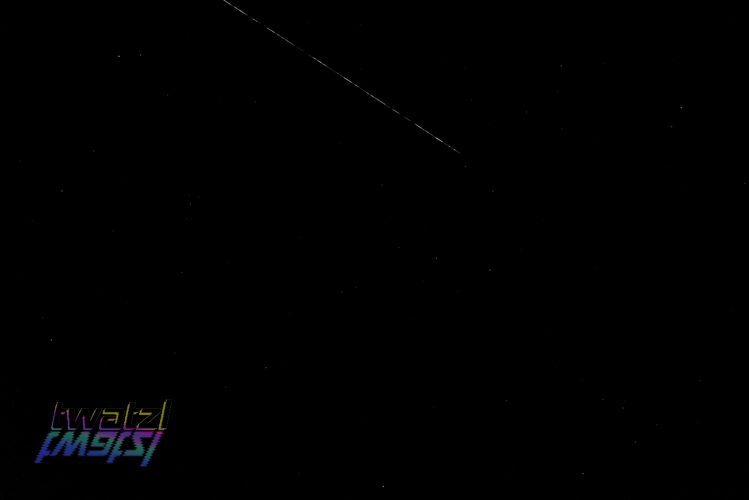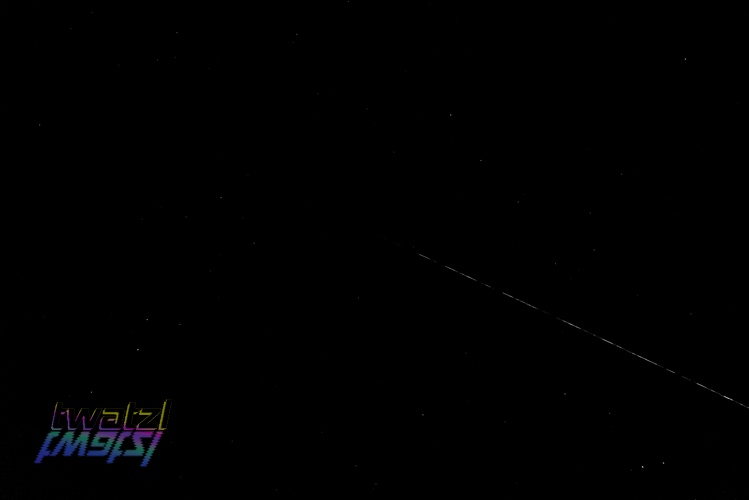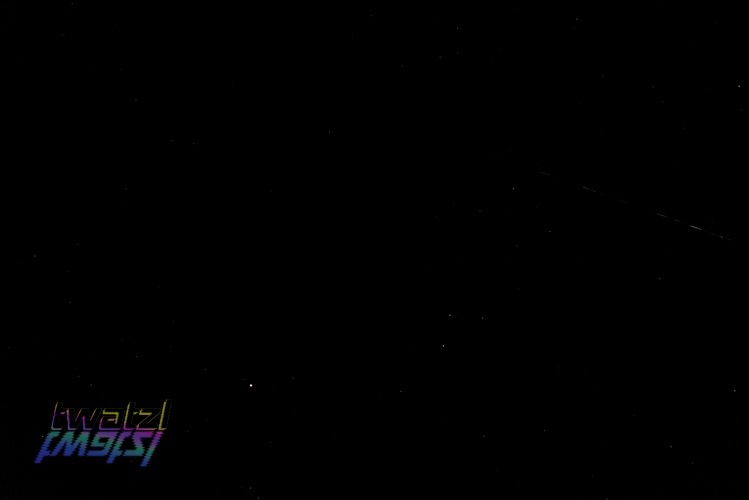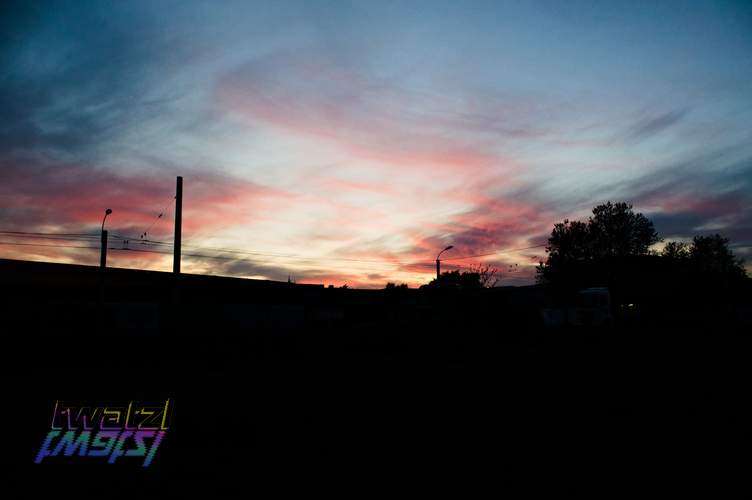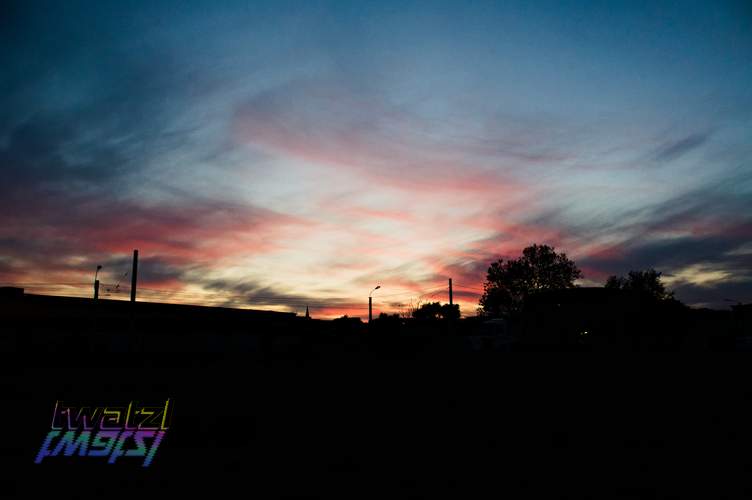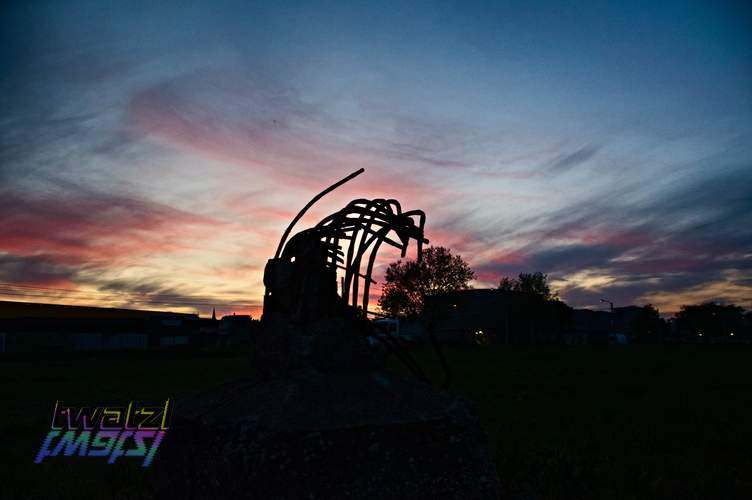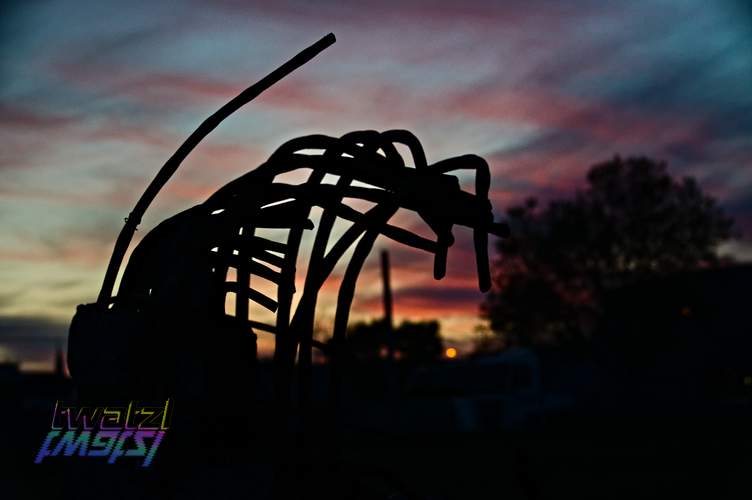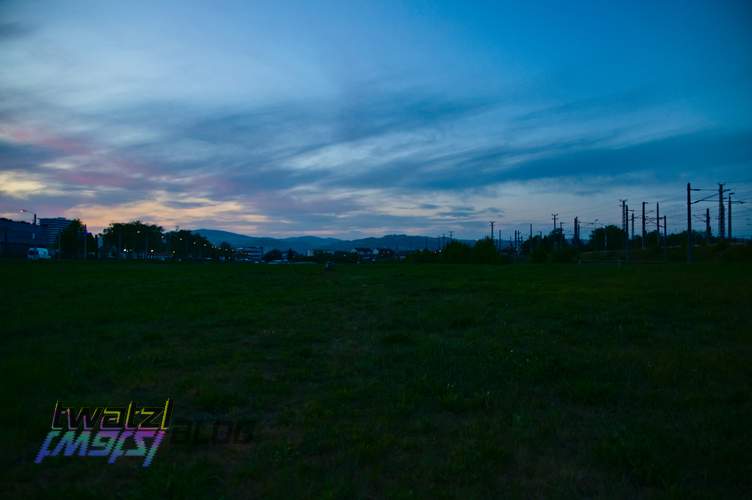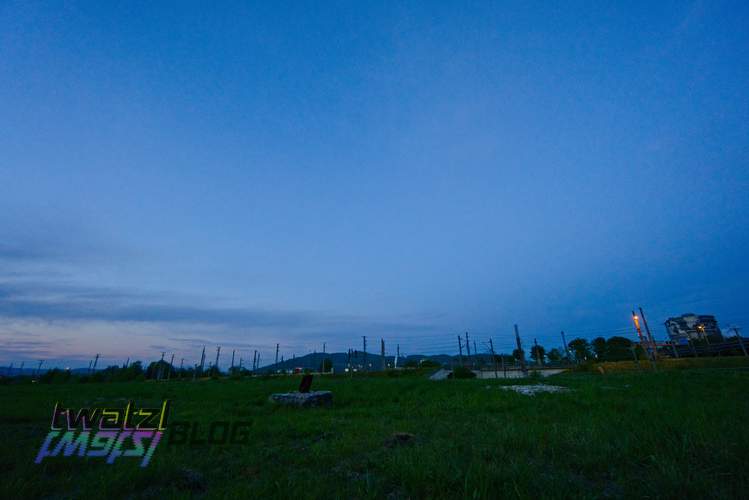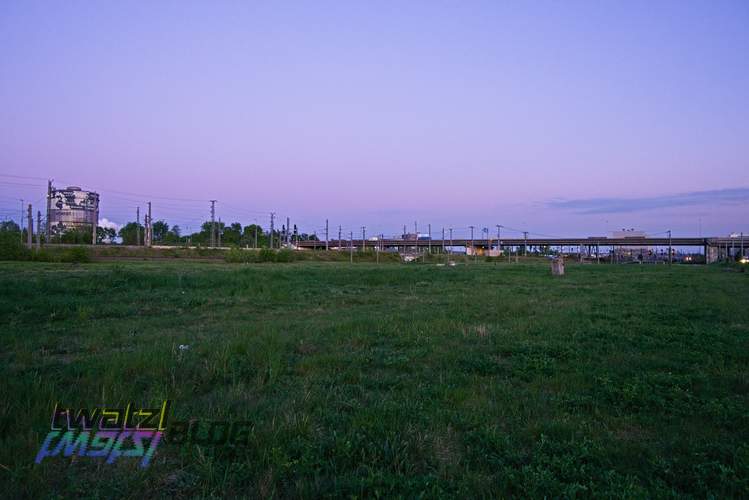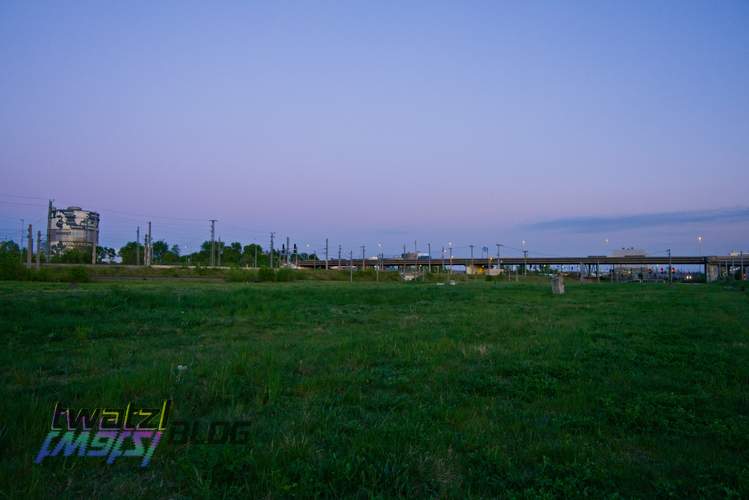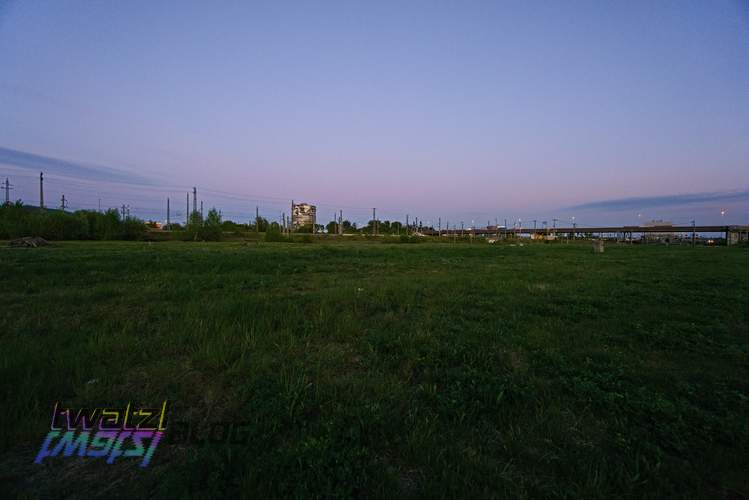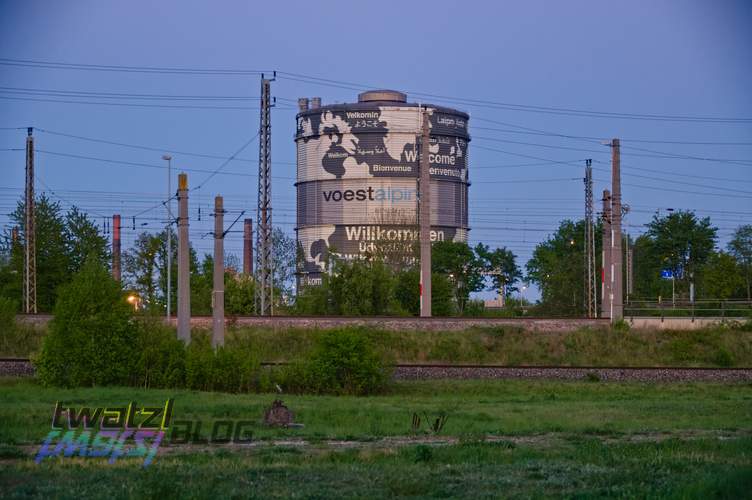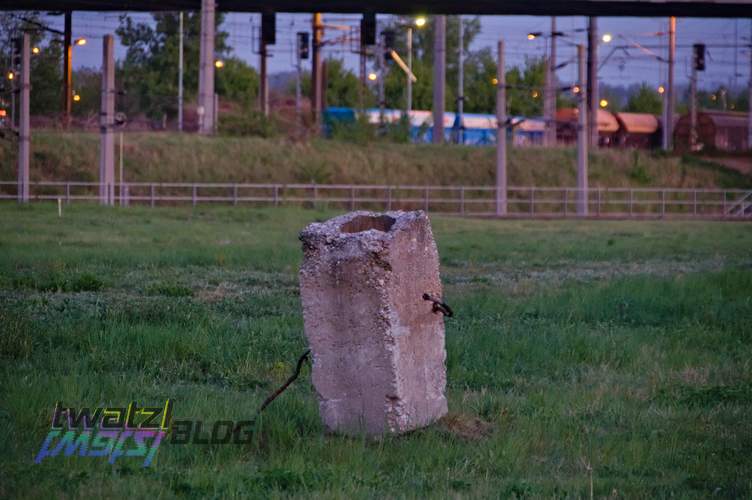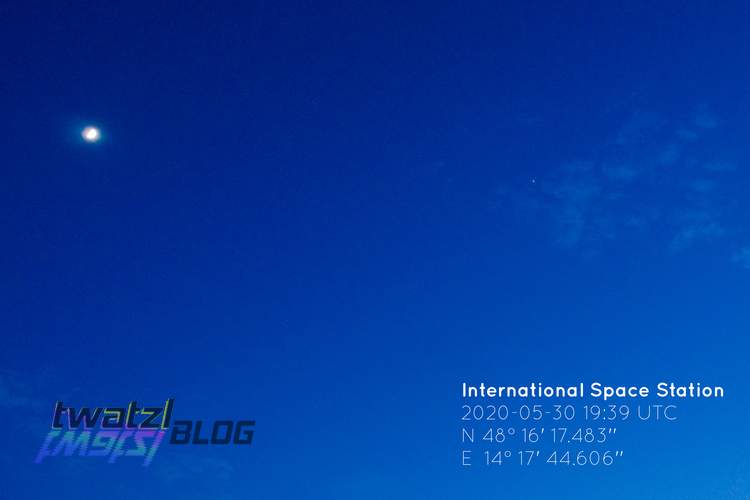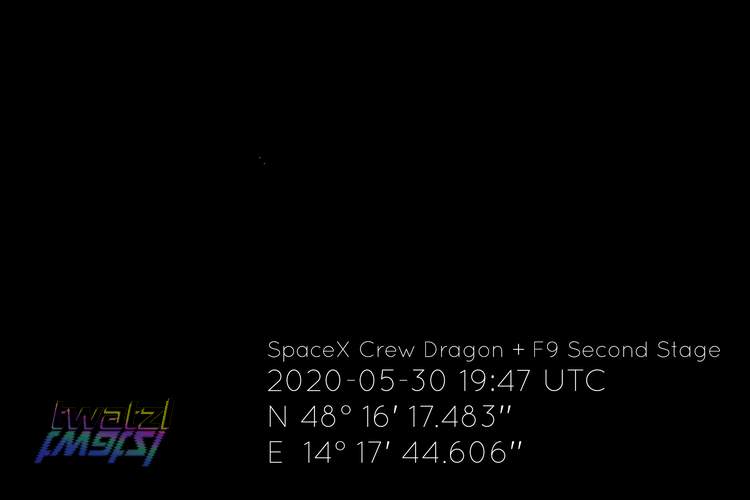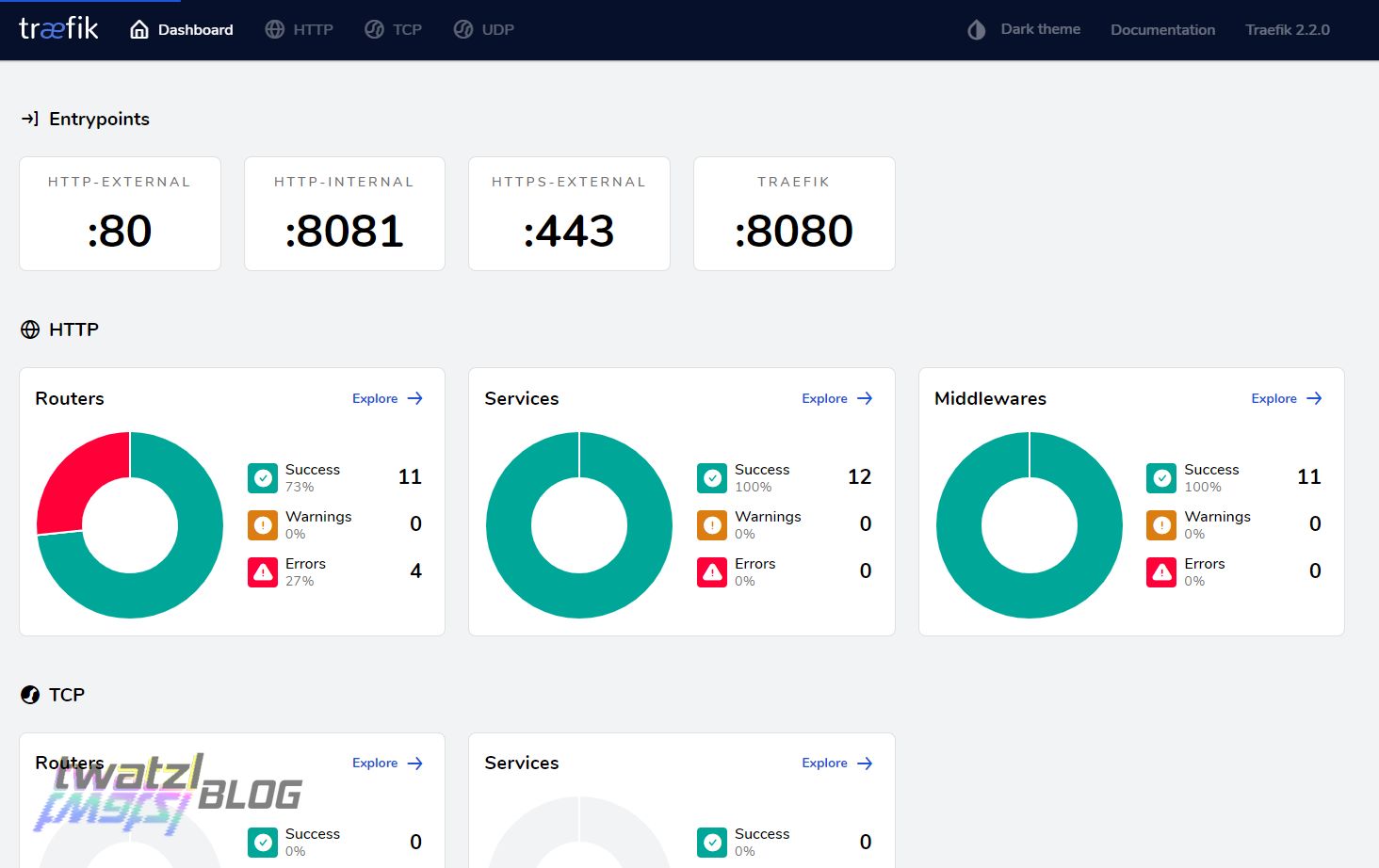Starlink and Crew Dragon
I managed to get pictures of a starlink trail and images from the launch of Crew Dragon DM2 mission towards ISS.
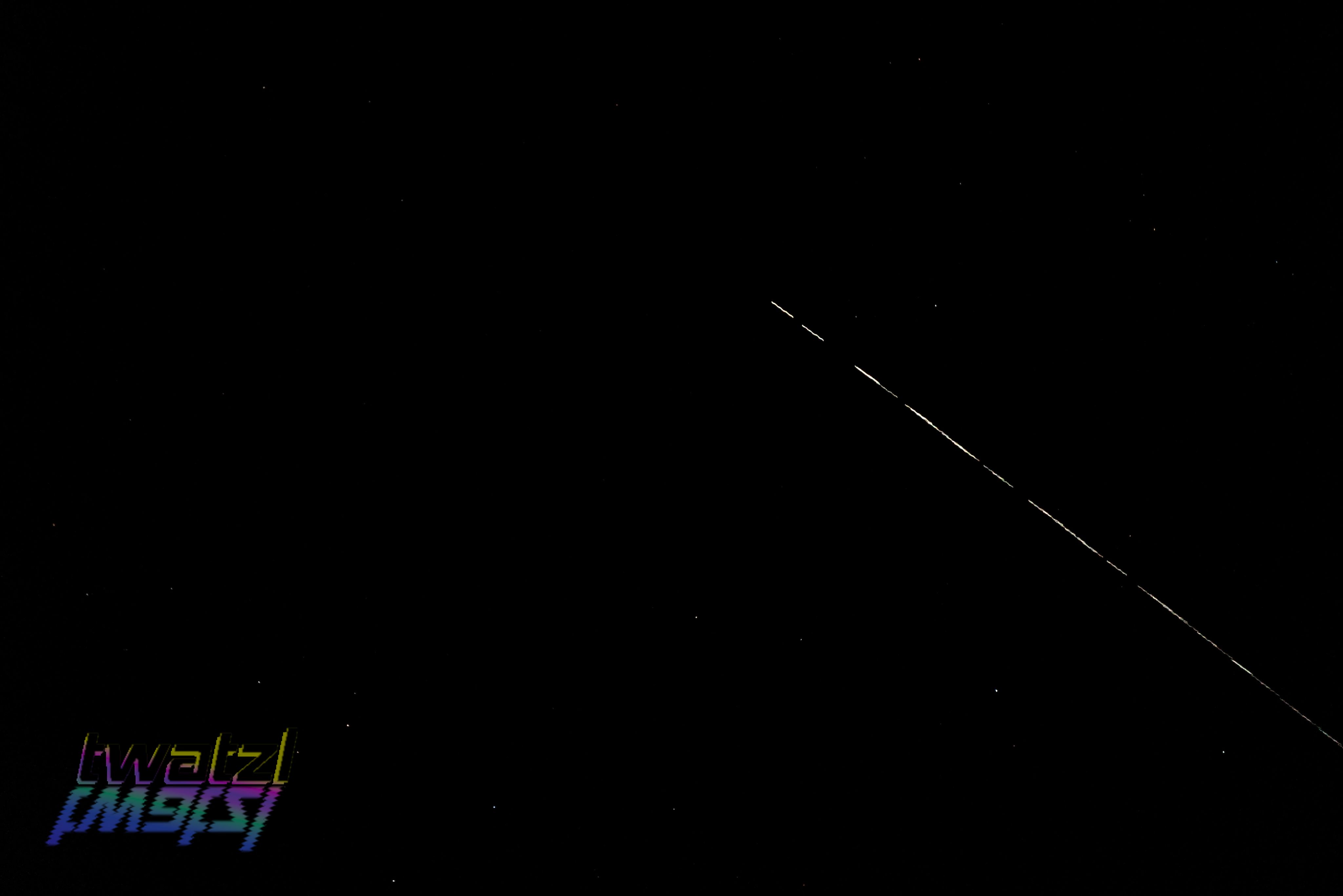
Starlink
Theory
Currently SpaceX is building up their network of telecommuncations satellites with the ultimate goal of providing cheap satellite internet globally. As they need to achieve global coverage they have to launch their satellites into different orbits, which means that not every launch will be visible from Europe.
On April 22nd, 2020 SpaceX launched the 8th batch of Starlink satellites on the Starlink-7 mission. It’s orbit brought the satellites directly over Europe and made them visible in Austria as well. The Starlink satellites will only be visible initially, as they raise their orbit. Once they reached their designated orbits they are turned into a lower reflection configuration and are not as visible anymore. With a single launch up to 70 satellites are deployed, which means there is a clearly visible trail in the night sky.
Let’s look what SpaceX says about the Starlink satellites:
Starlink satellite flight operations take place in three phases: orbit raise, onstation service, and deorbit.
After deployment, over the course of one to four months, the satellites use their
onboard thrusters to raise from an altitude of 290 km to 550 km.
During this phase of flight the satellites are closely clustered
and their solar arrays are in a special low-drag configuration, making them
appear more visible from the ground.
Source: https://www.spacex.com/media/starlink_media_kit_jan2020.pdf
I tried my best to spot the satellites over the course of 3 days, however it was quite hard. This is due to the fact that several factors have to be right in order to successfully spot the satellites:
- the satellites must pass in dusk (or dawn), exactly when it is dark enough to see them, but they still can reflect the sunlight
- no cloud cover must be present
- you must be watching exactly the right spot in the sky
All this was made even more challenging by the fact that it is hard to spot the right satellites in Stellarium, my astophotography planning software of choice. With 8 launches there have been 560 satellites deployed. All have the designation STARLINK-xxxx and it is quite hard to find the correct numbers. Other tracker software is also available, but over the course of the observation I got the impression that some of the websites are not handling timezones correctly which means I was off by 2 hours.
Practice
Besides being an interesting topic the Starlink launch also offered an excuse to finally go out after being confined in my flats for over a month of lockdown and voluntary isolation.
So I packed my stuff on my bicycle and searched for some good observation spots. It’s quite surprising but withing about 3 km from where I live there are a couple of good observation spots in every direction (though non of them covers all directions).
First I tried my luck in western direction. In Austria cities are not too dense so it’s not uncommon to have a city grow around a farm.
I could not take photos of Starlink, but at least one plane was passing by. Currently also a rare occurence.
I guess it was still too bright to see Starlink passing over, so I decided to try it again 90 minutes later on the next orbit and indeed I was lucky.
Initially I thought it would be pretty easy to spot the satellites since they are almost as bright as the ISS and should be easy to spot. However my attempts showed me it was much harder and once I actually managed to shoot pictures it became obvious that it was even harder than I imagined before.
Once the satellites are visible you only have about 10 seconds for taking photos. After that the trail will vanish in the darkness again.
Nevertheless I tried to catch them again the next two days. Without success, but not without good photos.
This time the prediction was that the satellites would be visible in eastern direction and much higher in the sky, so I choose the former freight railyard, which is a big open field.
Crew Dragon Demo-2
About a month later there was again big news about spaceflight. It was the first time since the Space Shuttle retired that US astronauts would not launch aboard a russian Soyuz spacecraft.
The target of the Demo-2 mission, the ISS, is orbiting in an inclination of 51.6 degrees. This means that Crew Dragon has to launch due northwest. SpaceX had an instantaneous launch window in order to catch the ISS. That means they would have to launch exactly on the second in order to reach their target. The launch direction means that by the first orbit Crew Dragon is directly above Europe and the late launch time meant that this was exactly during dusk when it was dark already, but the sun still illuminated the spacecraft.
I used this unique opportunity to take some photos of an interstellar chase between a spacecraft and a space station.
They may not look like much, but the fact that all the people who are currently in space are on those two photos is pretty amazing. And all of that is done without any special equipment. Just a regular campera and tele lens.
As always I hope you enjoyed reading my post!
